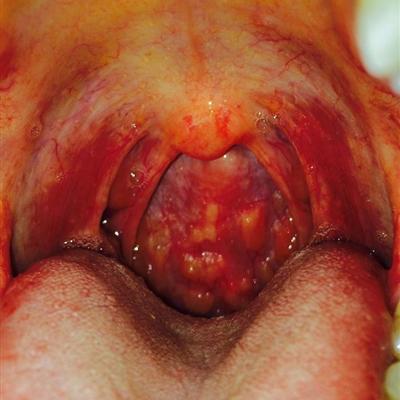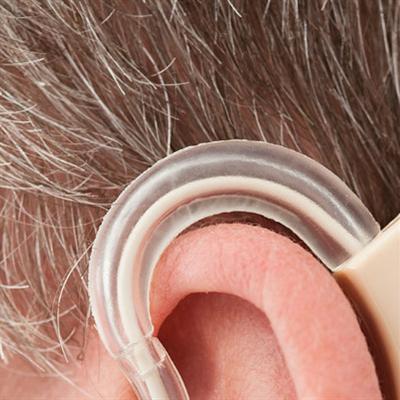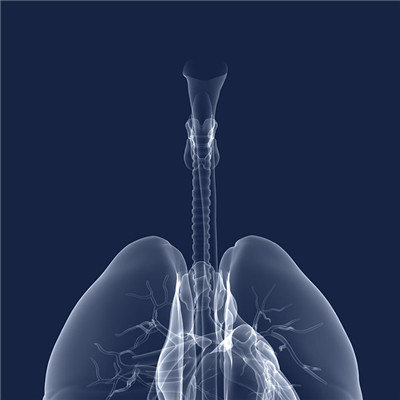How is aspergillosis treated?
summary
When it comes to pulmonary aspergillosis, many people may not understand it very well. It is a kind of respiratory disease, mainly caused by Aspergillus fumigatus. The main manifestations are fever, cough, expectoration sputum, chest pain, hemoptysis, dyspnea, etc. of course, these symptoms are not pulmonary aspergillosis. Pulmonary aspergillosis is a great harm to human body, so once diagnosed, we must actively treat it. So, how to treat pulmonary aspergillosis? Today I would like to share with you the common treatment of pulmonary aspergillosis, hoping to help you.
How is aspergillosis treated?
Method 1: surgical treatment: surgical treatment is feasible for pulmonary aspergilloma. In case of massive hemoptysis, embolization of trachea artery can be used. If possible, operation should be performed.
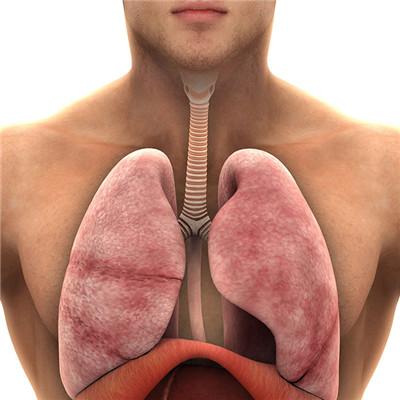
Method 2: antifungal treatment: amphotericin B is the first choice for patients with pulmonary aspergillosis and other severe cases. Intravenous drip (adding appropriate amount of heparin in the drop is helpful to prevent thrombophlebitis) can be combined with 5-fluorocytosine. Itraconazole can also be taken orally. The course of treatment depends on the patient's condition and can be continued for several months. Other drugs include voriconazole and pofenjing.
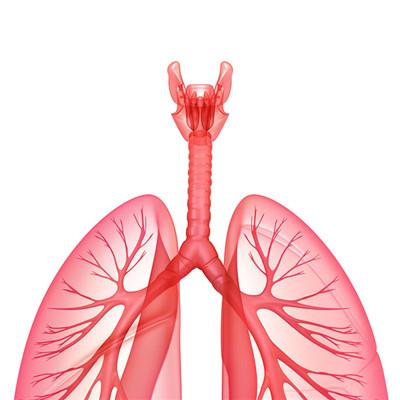
Method 3: other treatment: support therapy should be strengthened to correct the balance of water and electrolyte; For allergic aspergillosis, corticosteroids and sodium cromoglycate can be used appropriately.
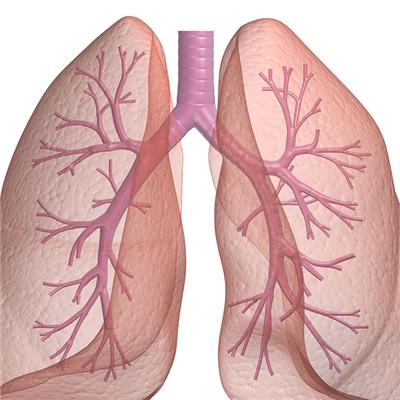
matters needing attention
The prognosis of pulmonary aspergillosis depends on the pathogenicity of Aspergillus, the immune status of the body and the influence of environmental conditions on the relationship between the body and fungi. Pulmonary aspergillosis can occasionally cause Aspergillus septicemia or sepsis through blood dissemination, which is life-threatening.

